Idea by
Iman Datoo
Call for ideas 2021
Kinnomic Botany
Kinnomic Botany
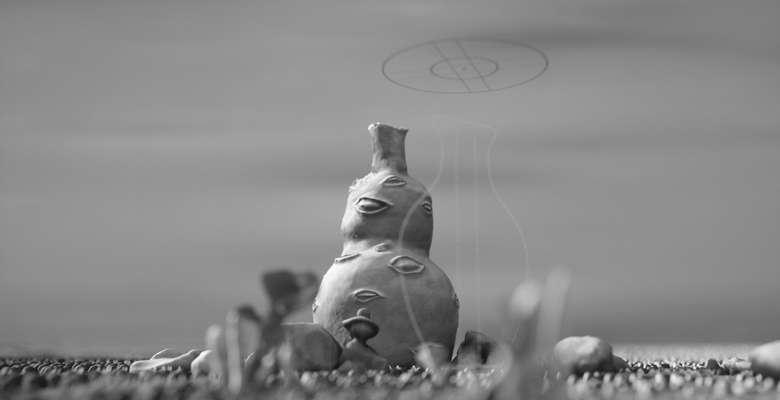
- Systemic changes
Kinnomic Botany traces the potato through its evolutionary history and along alternate trajectories, to reveal the bland and domesticated language used to categorise and order the plant world today. As a parallel botanical institution, it intervenes in sites where the colonised are cast out, to counter our dominant human-centric narrative of place.
Kinnomic Botany tests new educational tools, drawing from indigenous cartographies to create a set of alternative maps that shift attention away from enlightenment architectures, and towards more-than-human infrastructures in the garden. The maps communicate like stories; to generate and disseminate information about the movements of the potato beneath the soil, and between the garden, lab, and farm. Oral, tactile, cosmographic, and immersive channels are introduced as some of many methods for recording human relationships to nature; revealing cartography as a malleable tool to communicate a tacit knowledge of scale, time, and place.
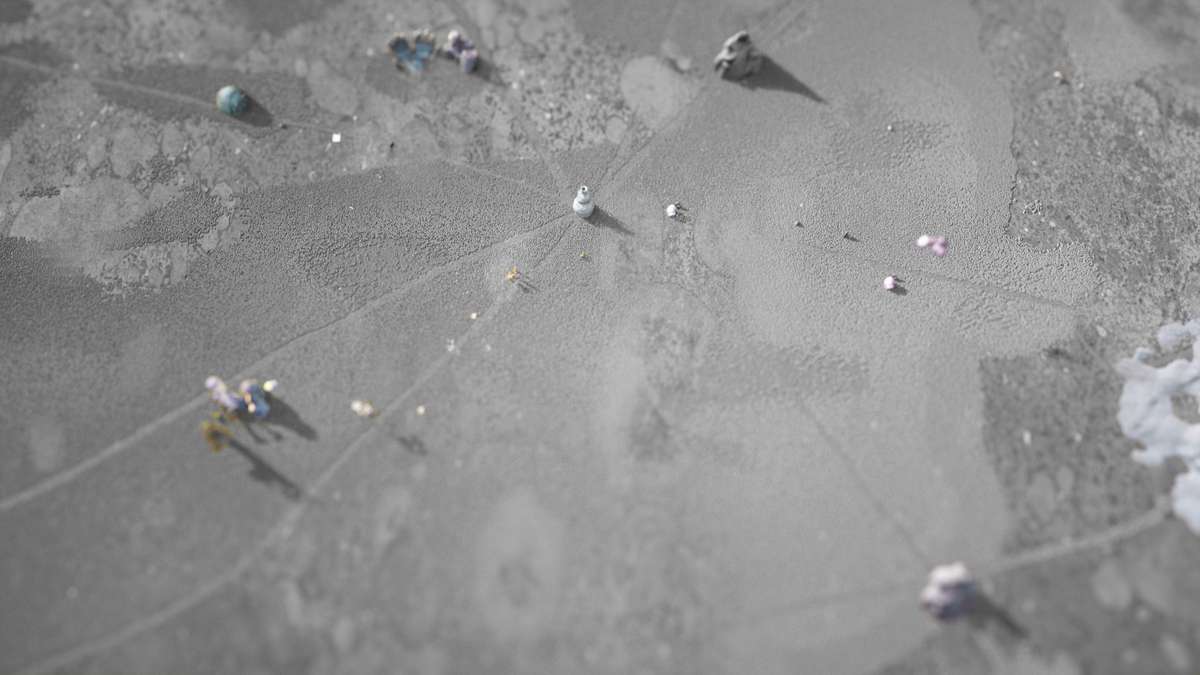
The landscape is arranged radially around a potato-pot, extending outwards through channels that store a set of "cartifacts" (alternative cartographic artefacts). Here, the potato asks a series of fundamental questions...
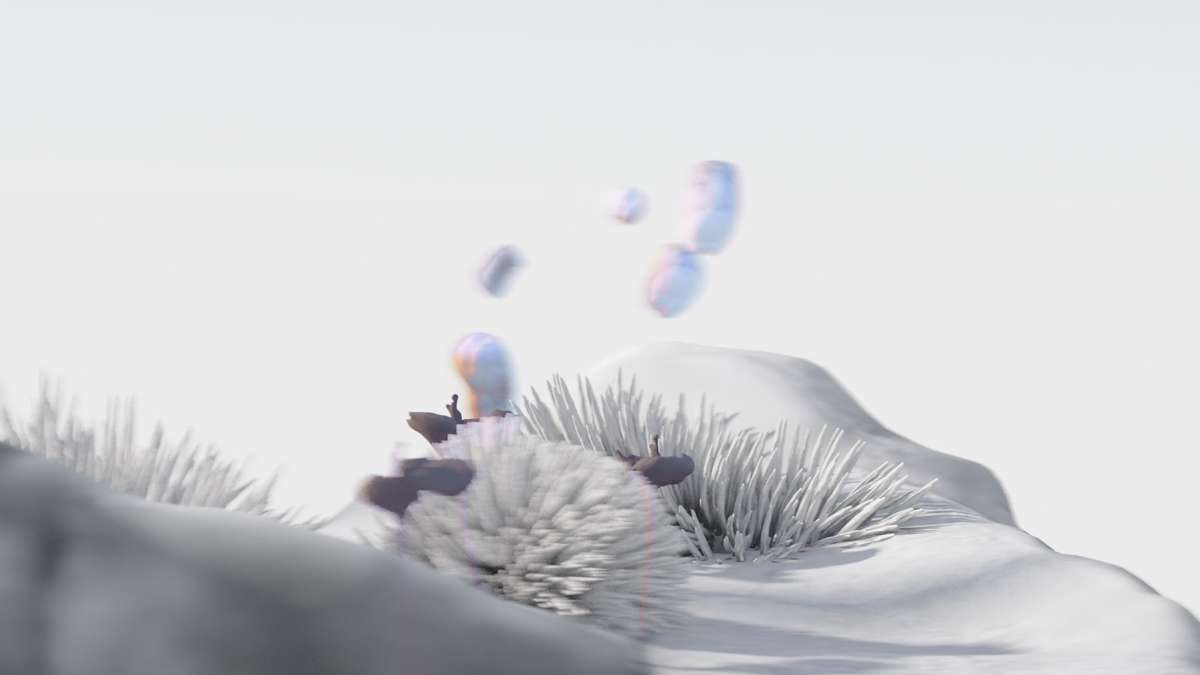
Where are the wild ones?
'I am one of 234 wild ancestors of Solanum Tubersoum. Here in the paramo we are not known for our floury flesh, but for our brightly coloured flowers, transported via carriage in the spikey pollen sacks of the bombus robustus.'
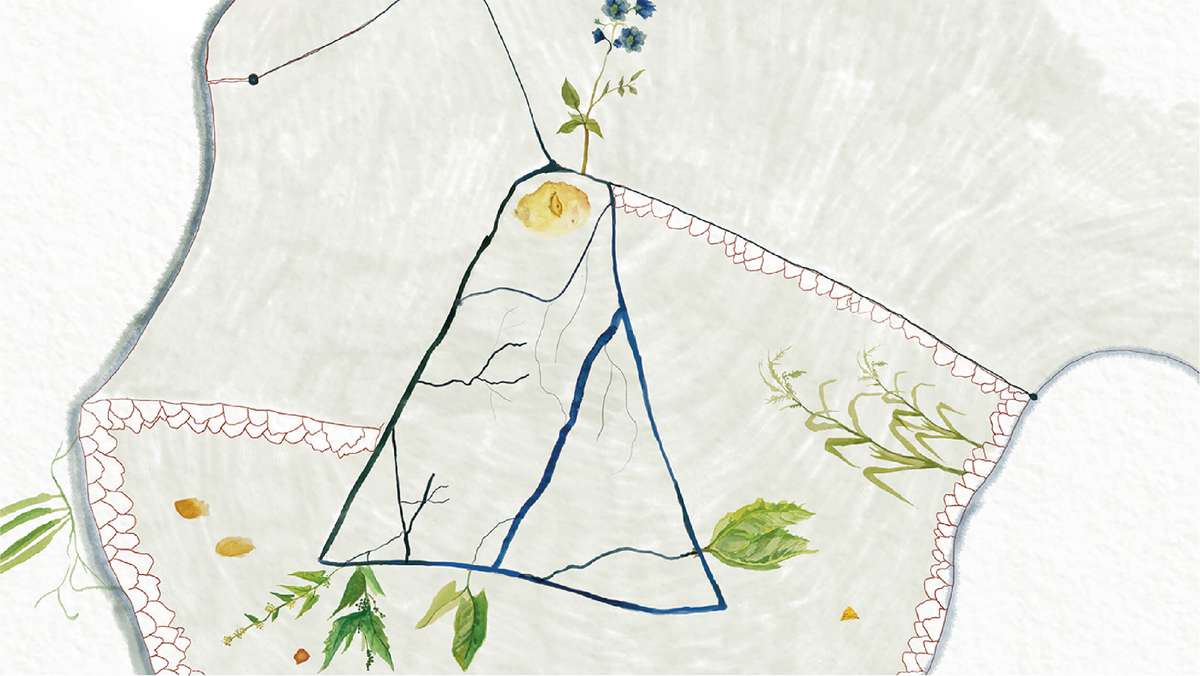
Who are my friends?
'I have found my place amongst the soil and the earth, rooted comfortably beside lettuce and spinach; sharing a network of nutrients with corn and green bean. I am aware of a potato beetle hovering north of my territory, but the catnip, coriander and tansy manage to stop the contaminant. The woody scent of sage, and the leaves of nasturtium act as a magnet to the aphids and the lady bird in the south-western zone diverts their attention away from me.'
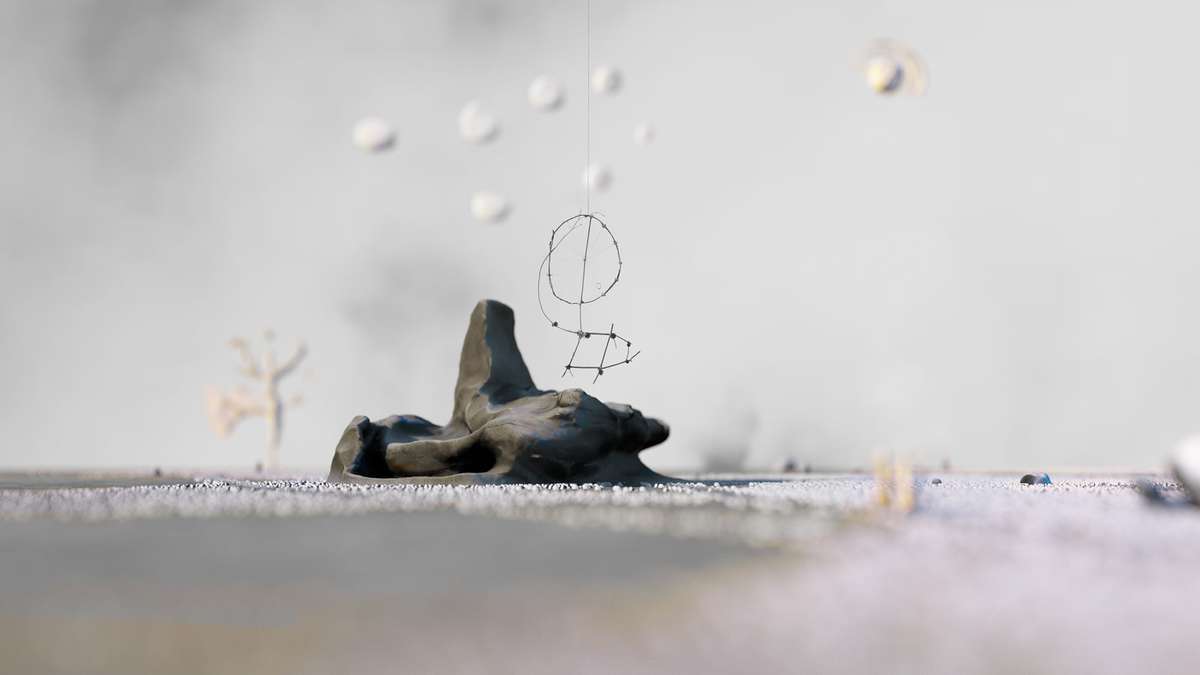
When did time become linear?
'I am often associated with the ground and the underworld; rooted beneath soil and earth. But as I grow from seed to tuber, it is my astrological rhythms which determine next season’s yield. From the Incans to the Maori to the Aboriginals, the waxing of the moon and the brightness of stars have long been connected to the hydration of the soil and the arrival of the rains.'
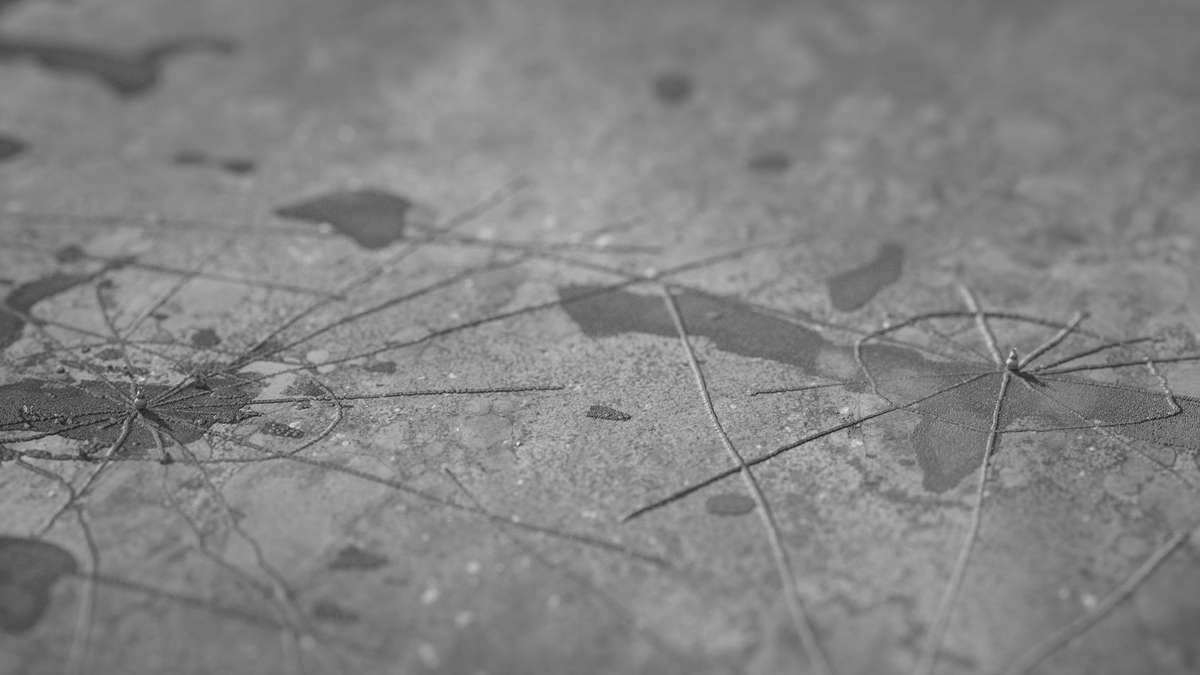
To enter the Kinnomic Botanical Garden defies empirical knowledge; allowing for numerous readings, times, and memories to occur in one dreamscape. This landscape is not static or stagnant, but amorphous and borderless; relying on multiple authorship to extend outwards.
Kinnomic Botany
Kinnomic Botany

- Systemic changes
Kinnomic Botany traces the potato through its evolutionary history and along alternate trajectories, to reveal the bland and domesticated language used to categorise and order the plant world today. As a parallel botanical institution, it intervenes in sites where the colonised are cast out, to counter our dominant human-centric narrative of place.
Kinnomic Botany tests new educational tools, drawing from indigenous cartographies to create a set of alternative maps that shift attention away from enlightenment architectures, and towards more-than-human infrastructures in the garden. The maps communicate like stories; to generate and disseminate information about the movements of the potato beneath the soil, and between the garden, lab, and farm. Oral, tactile, cosmographic, and immersive channels are introduced as some of many methods for recording human relationships to nature; revealing cartography as a malleable tool to communicate a tacit knowledge of scale, time, and place.
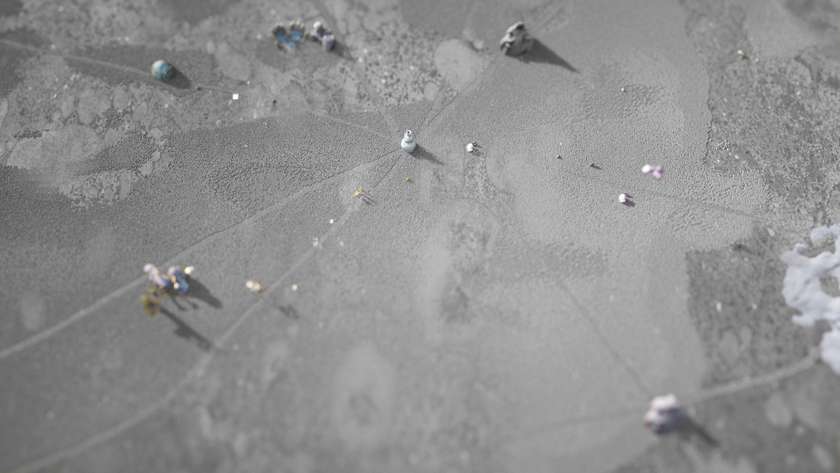
The landscape is arranged radially around a potato-pot, extending outwards through channels that store a set of "cartifacts" (alternative cartographic artefacts). Here, the potato asks a series of fundamental questions...
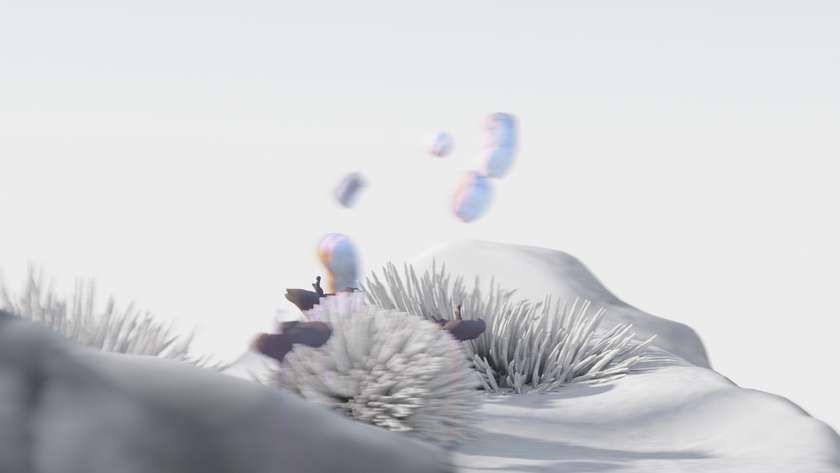
Where are the wild ones?
'I am one of 234 wild ancestors of Solanum Tubersoum. Here in the paramo we are not known for our floury flesh, but for our brightly coloured flowers, transported via carriage in the spikey pollen sacks of the bombus robustus.'
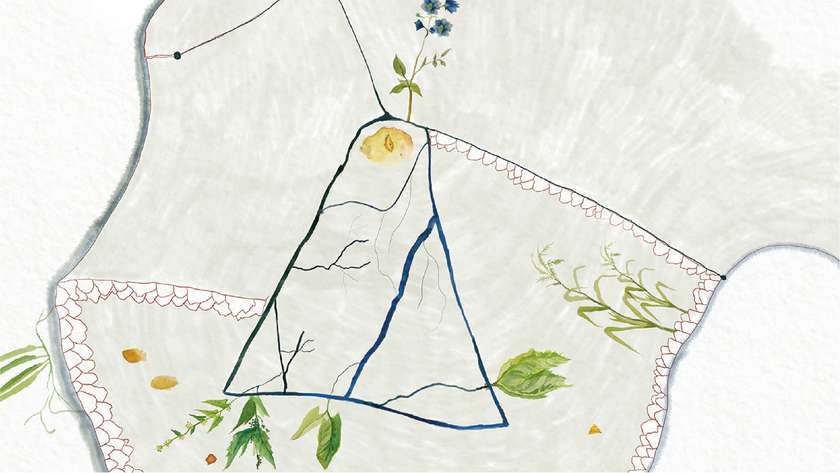
Who are my friends?
'I have found my place amongst the soil and the earth, rooted comfortably beside lettuce and spinach; sharing a network of nutrients with corn and green bean. I am aware of a potato beetle hovering north of my territory, but the catnip, coriander and tansy manage to stop the contaminant. The woody scent of sage, and the leaves of nasturtium act as a magnet to the aphids and the lady bird in the south-western zone diverts their attention away from me.'
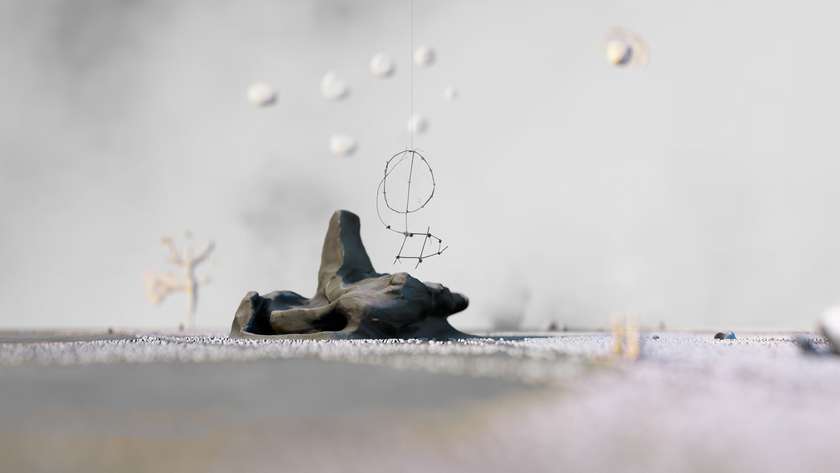
When did time become linear?
'I am often associated with the ground and the underworld; rooted beneath soil and earth. But as I grow from seed to tuber, it is my astrological rhythms which determine next season’s yield. From the Incans to the Maori to the Aboriginals, the waxing of the moon and the brightness of stars have long been connected to the hydration of the soil and the arrival of the rains.'
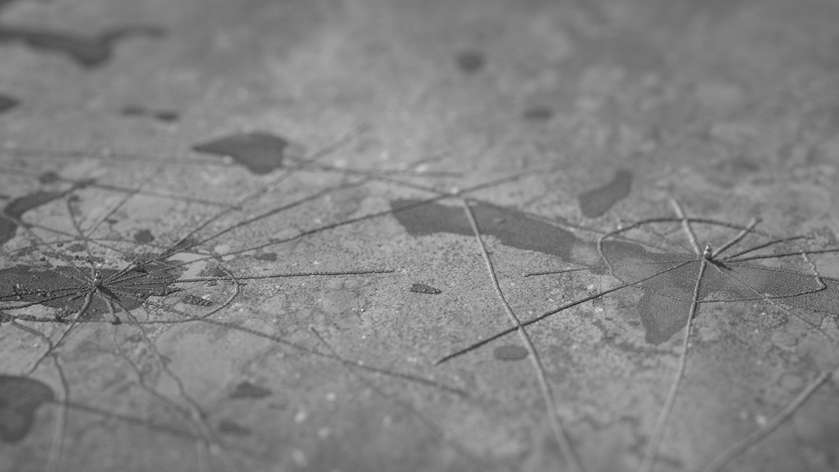
To enter the Kinnomic Botanical Garden defies empirical knowledge; allowing for numerous readings, times, and memories to occur in one dreamscape. This landscape is not static or stagnant, but amorphous and borderless; relying on multiple authorship to extend outwards.